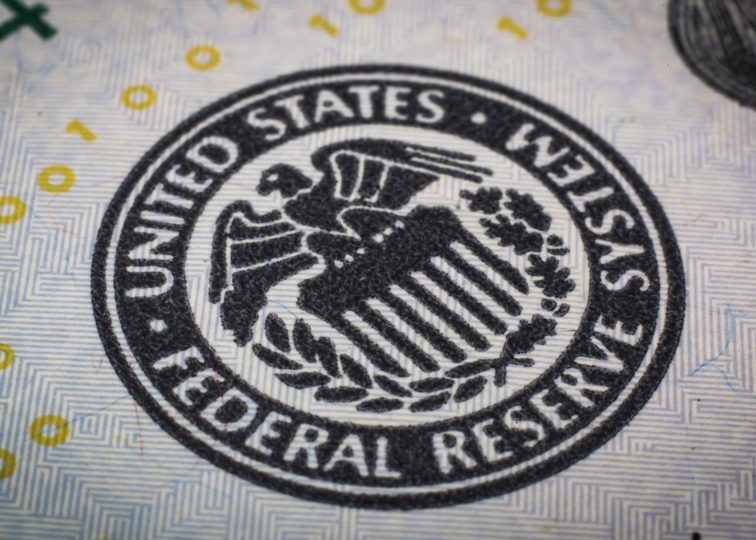
Blog
Why The Fed’s Rate Cuts May Not Cure What’s Ailing the Economy
March 3, 2020
The Federal Reserve implemented an emergency cut this morning in an effort to halt to the economic fallout of the coronavirus. The cut seemed to do little to calm a volatile market today, which saw large losses after yesterday’s historic rebound. The Wall Street Journal argues that the Fed’s actions are likely to have little impact on the economy and its reaction to coronavirus.
The Wall Street Journal’s first reason is purely practical. No amount of easy money is going to convince warry travelers to fly or resupply factories whose supply chains have been disrupted. The second reason is that the Fed has fallen out of synch with the business cycle. Recessions are usually preceded by rising inflation and increasing interest rates. Following the 2008 recession, the Fed was able to cut rates to staunch losses, but critically, they have kept them low. A combination of factors such as low inflation, slow productivity growth, and aging populations have prevented the Fed from raising rates even as the economy recovered. Now, facing another potentially recessionary event, they have little room to maneuver.
The problem is not unique to the Fed. Central banks around the world are hindered by rates that are already at zero, or even negative in some countries. Wall Street is already anticipating that the Fed will bring rates to zero by the end of the year, something that was unthinkable just weeks ago. CME’s FedWatch tracker puts the odds of interest rates falling to zero by December at about one-in-ten. Economists at JPMorgan Chase put the odds even higher. The chief U.S. economist, in a note to investors, said there is a one-in-three chance that rates reach zero before the end of the summer.
